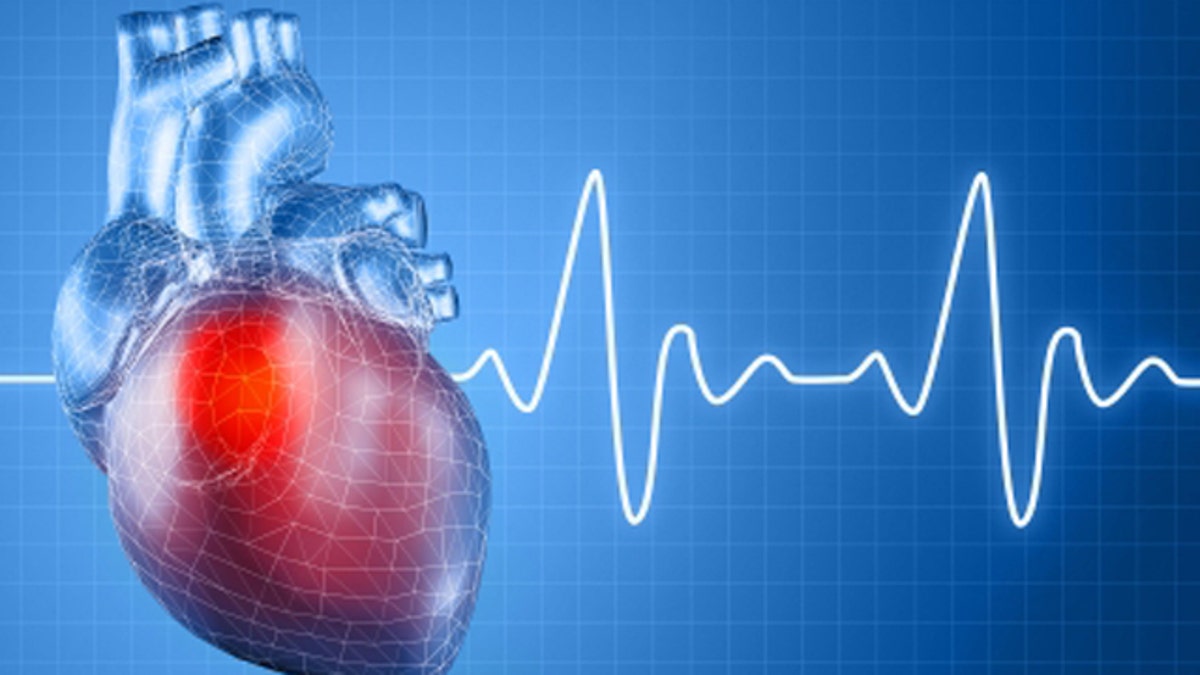
(iStock)
SAN DIEGO – When a cardiac patient undergoes a heart transplant – surgeons almost always remove the damaged heart and replace it with a new one. But that was not the scenario that unfolded in an operating room at a San Diego hospital this month.
Instead of removing Tyson Smith’s enlarged heart, a team of doctors from the UC San Diego Center for Transplantation kept his heart in place, and transplanted a second one. That’s right – the 36-year-old now has two beating hearts.
The procedure is called heterotopic heart transplantation, or a “piggyback transplant.”
“Mr. Smith is a pioneer among heart transplant patients,” Dr. Jack Copeland, a professor of surgery and director of cardiac transplantation and mechanical circulatory support at UC San Diego Health System, said in a news release. “This is a very rare procedure, but one worth having in the tool kit of options in cardiac replacement. It’s a safe operation with an average survival of 10 years.”
During this rare cardiac procedure, the new heart is positioned on the right side of the patient’s own damaged heart. Surgeons then attach the donor and recipients’ left atria to each other, “allowing bright red, oxygenated blood in the patient’s original heart to flow to the new heart. It is then pumped by the new left ventricle into the patient’s aorta, which brings new and increased flow to all parts of the body,” the press release stated.
Smith was suffering from a progressive condition that enlarged his heart to more than three times the size of a normal heart. Doctors said he had just two options.
“A mechanical left ventricular assist device (LVAD), which would replace the function of his left heart and allow him to then go on to a standard heart transplant in a few months; or the so called “piggyback” transplant, which replaces the patient’s left heart and allows the patient’s right heart to continue the right-sided pumping through the lungs,” Copeland said. “This way, Mr. Smith needed only one operation rather than two, which saves the patient time, inconvenience, and pain, and reduces medical costs.”
Smith who underwent the surgery on Feb. 13, is expected to be released from the hospital Friday, and doctors say he can return to normal activity within the next few months.
"I can tell that I am getting stronger every day,'' Smith said.
